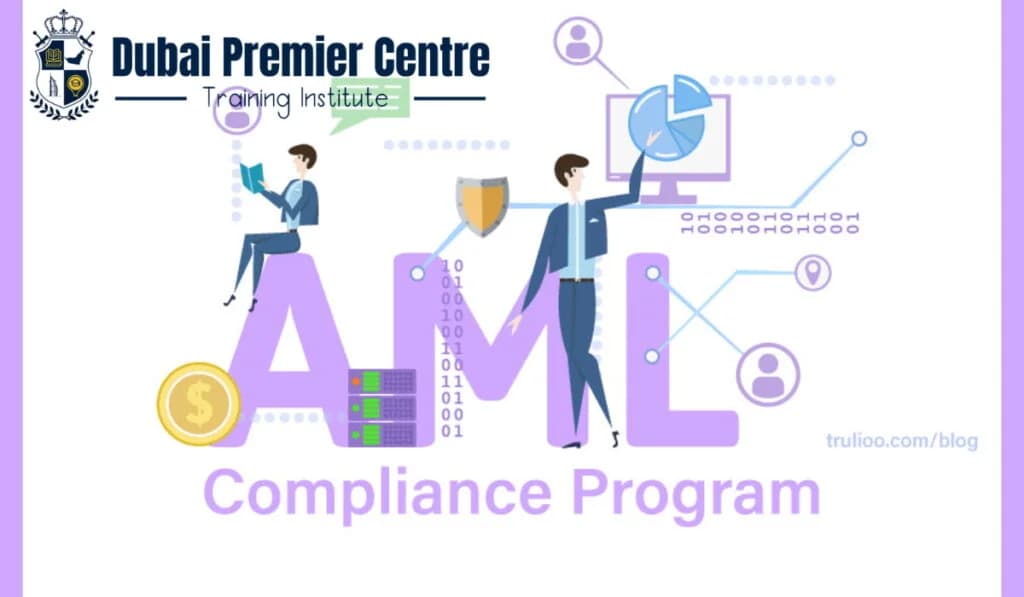How much does it cost to register for anti-money laundering?

The worldwide financial structure needs anti-money laundering programs because these controls ensure financial system stability and economic security. Each year the global economy loses between $800 billion and $2 trillion through money laundering, which corresponds to 2% to 5% of total GDP worldwide, including substantial crimes of funding terrorism and human trafficking and drug trafficking and illegal weapons trading and corruption.
The process of money laundering hides criminal money sources, allowing illegal organizations to maintain operations and grow their activities. The integration of illegal funds into financial operations distorts market values while eroding trust in monetary institutions, together with creating economic turmoil and market price abnormalities.
The successful identification, along with postponement and later submission of suspicious transactions that might include illegitimate funds, depends on AML laws and procedures used by financial institutions. Firms must follow transaction surveillance as well as immediate authority notifications and they need to conduct customer verification activities, also called KYC. Companies that implement AML standards assist banks along with other regulated entities to stop criminals from abusing the financial system for legalizing criminal funds and terrorist funding
Cost for AML registration
Businesses must pay significant costs for anti-money laundering (AML) supervision according to the nation and business classification.
- Each listed application site incurs a mandatory £300 registration fee according to UK AML rules at HM Revenue & Customs (HMRC). The first add-on property brings a full £300 registration cost yet each subsequent add-on before June gets prorated to £150.
- Those who work for the organization must bear the costs of fit and proper exam assessments, which charge a flat rate of £150 for money to service businesses as well as trust and company service providers per approved person. The approval procedure price for other regulated industries, such as estate agents or accounting service providers, is £40 per tested individual.
- Small businesses with annual sales volumes under £5,000 can retrieve £120 after their AML registration obtains approval but must pay the total £300 costs in advance. AML registration can be revoked if fees are not paid during the initial application process or when renewing the annual status of active registration.
- AML compliance demands payments that exceed registration costs since person-based training and certification fees vary among certifying organizations. The examination and application fees for the Certified Anti-Money Laundering Specialist (CAMS) certification differ according to supplier location.
- Prices for AML technology solutions powered by AI risk scoring systems depend on the number of monitored clients and the provided service quality. Financial institutions must pay these prices. Such charges are based on institutional needs as well as organizational size, yet remain undisclosed to the general public.
- Small businesses need to budget between thousands of dollars and over twenty thousand dollars per year for running their AML program. Larger financial institutions must allocate substantially higher costs compared to smaller firms.
- The monetary amount banks allocate for anti-money laundering operations will exceed $51 billion per year by 2028, with cost components including technology expenses, staff compensation, and regulatory penalties. Moreover, such expenses have a strong potential to increase notably across the global financial sector.
What factors influence the cost of AML compliance?
Anti-Money Laundering (AML) compliance is a complicated and frequently costly requirement for financial institutions and enterprises, depending on several important variables.
1. Complexity and evolving nature of AML regulations and laws
AML laws and regulations feature intricate characteristics as well as dynamic elements that drive this main motivation. Multiple jurisdictions apply different rules to their areas, which the regulators update frequently to address emerging threats, and data privacy laws interact with these regulatory requirements. Businesses must allocate funds to implement new systems when coupled with worker training programs alongside the regular maintenance of their existing compliance framework structure.
2. Human resources and expertise costs
AML compliance costs are significantly influenced by the costs of human resources and knowledge. Due to a lack of qualified compliance specialists, labor prices have increased. Many institutions rely on outsourcing specialist AML services to external suppliers, which, while required, adds premium prices. Furthermore, it is expensive yet necessary to provide personnel with continuous regulatory training and awareness programs to preserve compliance and lessen the need for outside consultants.
3. Operational inefficiencies and manual processes
Costs are also raised by manual procedures and operational inefficiencies. AML compliance solutions that rely on spreadsheets or manual data entry necessitate laborious reporting, continuous regulatory change monitoring, and redundant data entry, all of which take up valuable staff time. Although these solutions involve an initial investment, purchasing specialized AML compliance software and case management systems can automate several labor-intensive procedures, streamline reporting, and eventually lower operating expenses.
4. Risk-based approach
Costs may be impacted by the risk-based approach to AML compliance. By avoiding a one-size-fits-all strategy, organizations can maximize spending by concentrating their resources on higher-risk clients and transactions. By combining resources and knowledge, cooperation and information exchange with other organizations can also assist in cutting expenses.
5. Regulatory penalties and reputational risks
The cost generators include indirect hazards through reputational damage, in addition to regulatory fines. Institutions allocate necessary resources for AML compliance because non-compliance could lead to severe penalties and a damaged reputation, but these actions increase their total financial costs.
What role does technology play in increasing AML compliance costs?
- The expense of AML compliance rises through technology-based advantages, which both conserve costs in the long term and demand substantial initial expenses and continuous maintenance costs.
- Multiple expensive investments must be made to purchase technology and integrate it to operate the solution.
- Financial institutions allocate millions of dollars annually to purchase AML technology to operate their transaction monitoring systems and risk assessments and due diligence procedures.
- Online transformation initiatives undertaken by financial institutions will lead to substantial growth in global IT spending in this sector.
- Understanding that the complex integration of separate AML systems through inefficient workflows leads banks to pay increased operational costs. Fundamental issues arise when connecting old infrastructure with contemporary AML solutions because this leads to elevated maintenance costs and strained data-sharing processes, which result in higher compliance expenses.
- The implementation of technology improves both the operational efficiency and accuracy of AML compliance; therefore, it leads to reduced operational risks and reduced labor costs in the future.
- AML automation platforms reduce both human mistakes and the need for fewer employees for compliance by performing regular transaction monitoring as well as reporting suspicious activities and customer checks.
- By evaluating large datasets in real-time, AI and ML systems enhance detection capabilities, reducing false positives and freeing up compliance personnel to concentrate on serious threats, which increases efficiency and reduces investigation expenses.
Conclusion
Dubai Premier Center Training Institute offers an Anti-Money Laundering (AML) Compliance Masterclass that equips professionals with essential skills to detect, prevent, and report money laundering activities. The course covers key topics such as Know Your Customer (KYC), Customer Due Diligence (CDD), and regulatory compliance to help organizations meet global AML standards.
Worldwide business entities and financial institutions need anti-money laundering (AML) compliance as a fundamental yet challenging and costly protocol. AML registration together with ongoing compliance expenses show extensive variation based on two main factors: the jurisdiction where the company operates as well as its size and the extent of mandatory regulations. Traditional business expenses stem from these primary factors:
- High demand for skilled employees
- Operational issues
- Regulatory changes
- Substantial spending on innovative technology platforms
Read Related Articles





